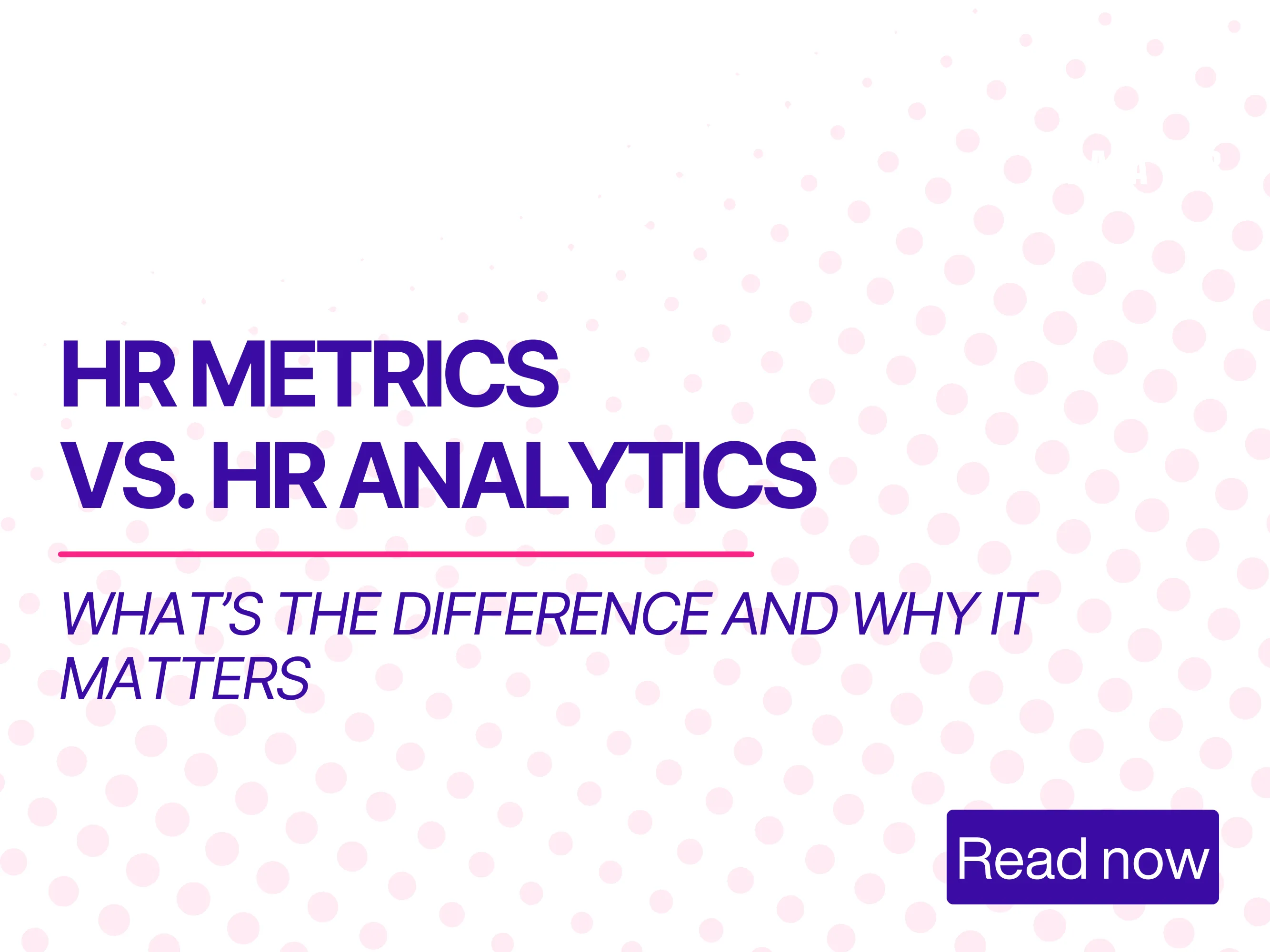Compensation & Age Insights — Are there any links between salary and age?
Salaries often evolve over a career — but do they really reflect experience and responsibility? Here you can analyze how compensation is distributed across age groups and identify possible patterns or inequalities. Use these insights to promote fair compensation structures and make data-based decisions for personnel development and career paths.
What does analyzing the correlation between compensation and age groups mean?
The analysis of the correlation between compensation and age groups examines how salary structures are distributed among different age groups within the company.
It shows whether certain age groups are paid above or below average and thus provides important information on fair pay, employee retention and intergenerational equality.



Yes, there is a significant positive correlation between compensation and age groups.
The analysis shows a clear pattern:
Average annual base salary by age group:
- 60+ years: 77,394€ (16 employees)
- 50-59 years: 60,126€ (107 employees)
- 40-49 years: €54,435 (121 employees)
- 30-39 years: 32,333€ (85 employees)
- 20-29 years: 30,551€ (60 employees)
- 0-19 years: 23,010€ (2 employees)
Key findings:
Strong positive correlation: With increasing age, the average salary increases significantly. Employees over 60 earn on average More than three times as much Like the Youngest Age Groups.
Biggest Salary Jumps:
- Between 20-29 and 30-39 years: only €1,782 difference
- Between 30-39 and 40-49 years: 22,102€ Jump
- Between 40-49 and 50-59 years: €5,690 increase
Distribution of personnel: Most employees (121) are in the 40-49 age group, followed by 50-59 years (107). These points to an experienced workforce.
This correlation typically reflects the Professional Experience, Career Development and Seniority Against, which increases with age.
.webp)






